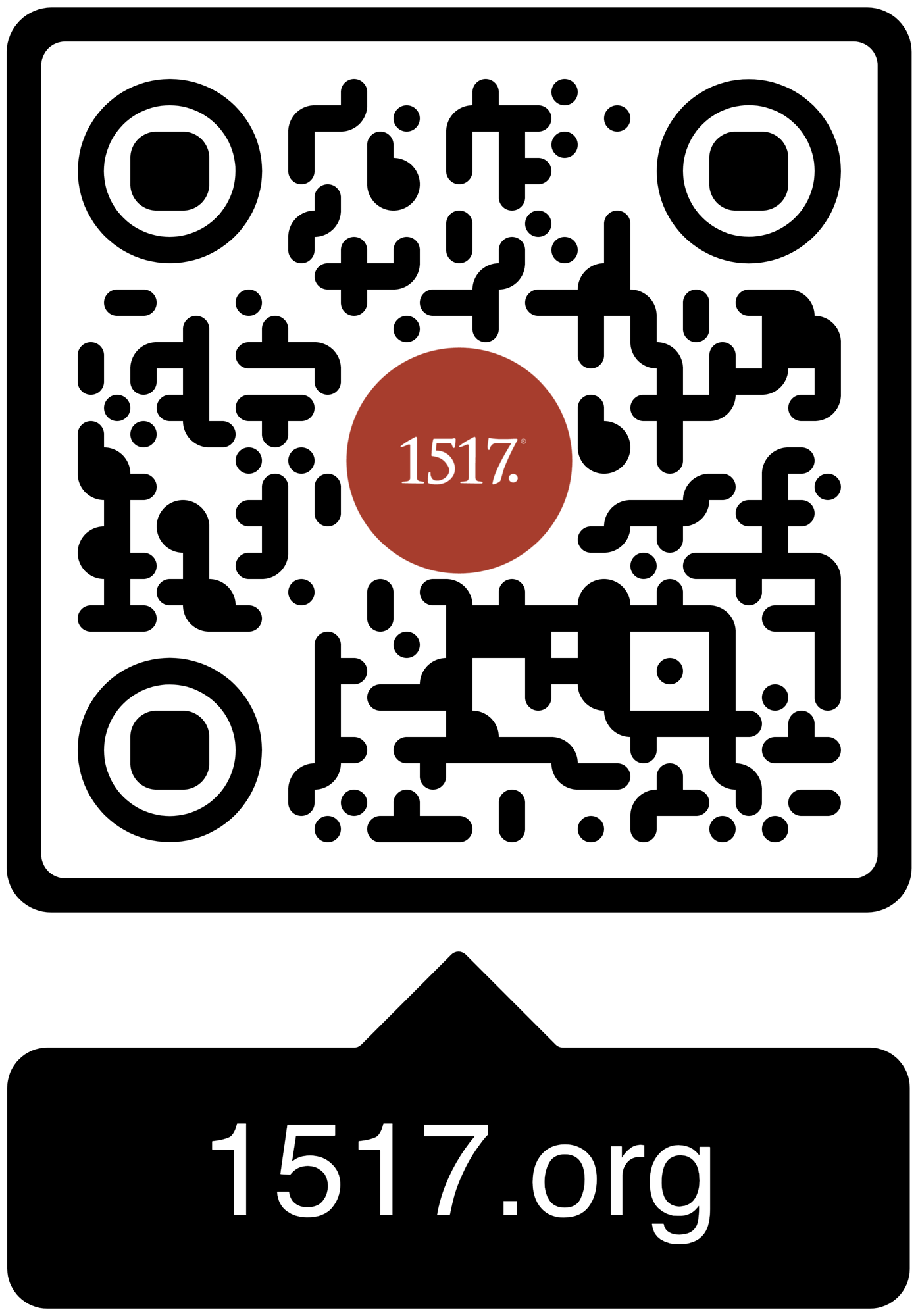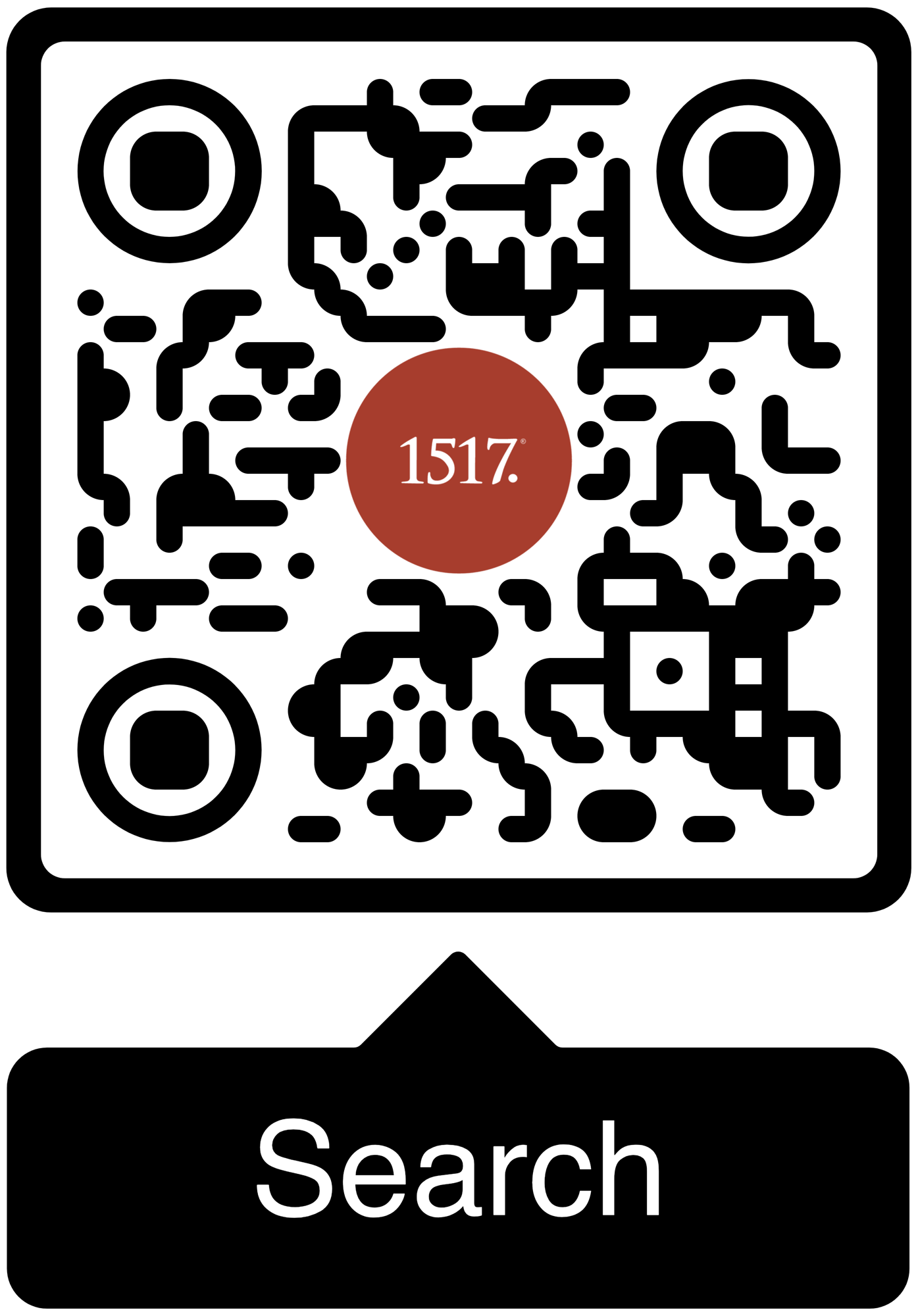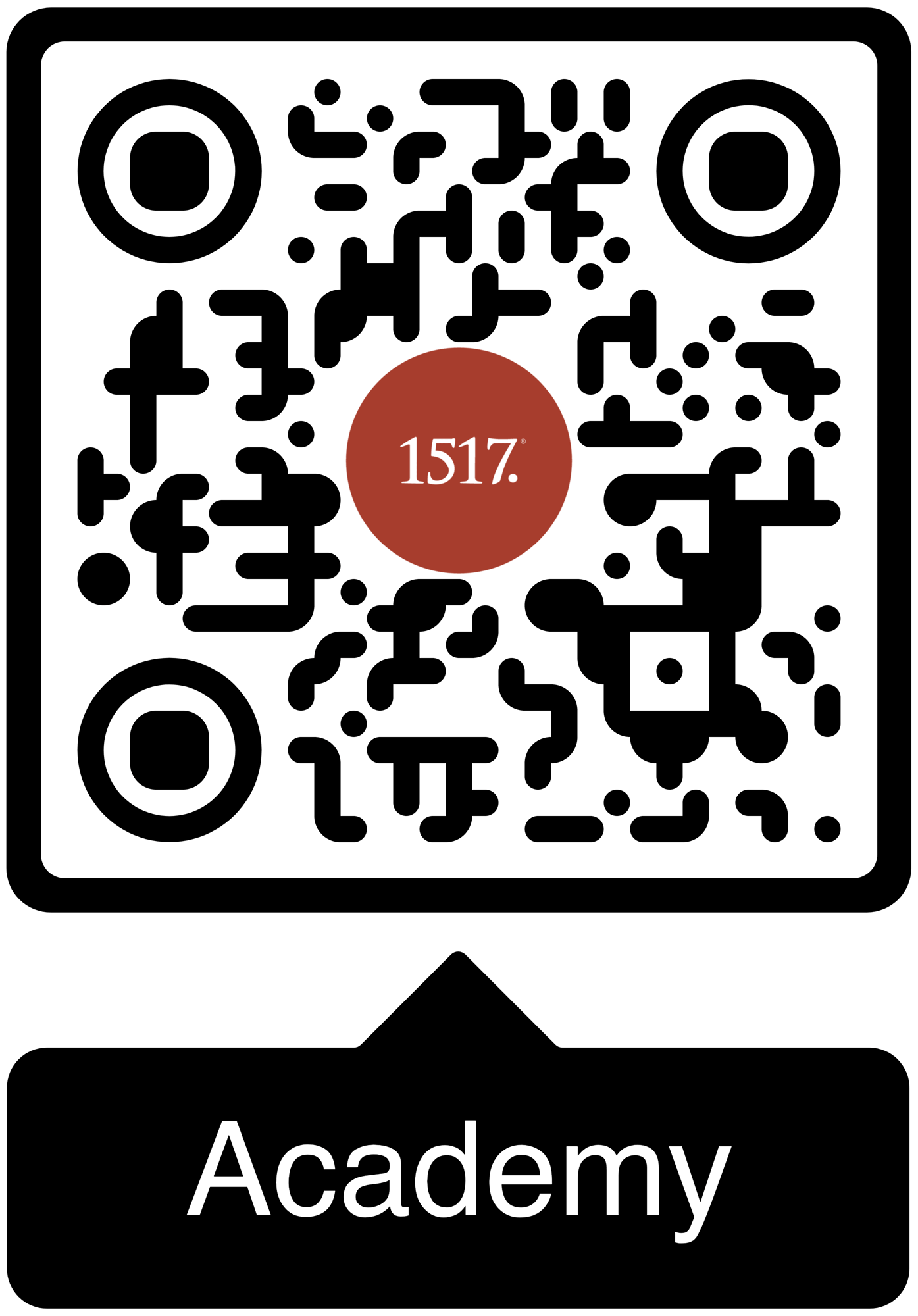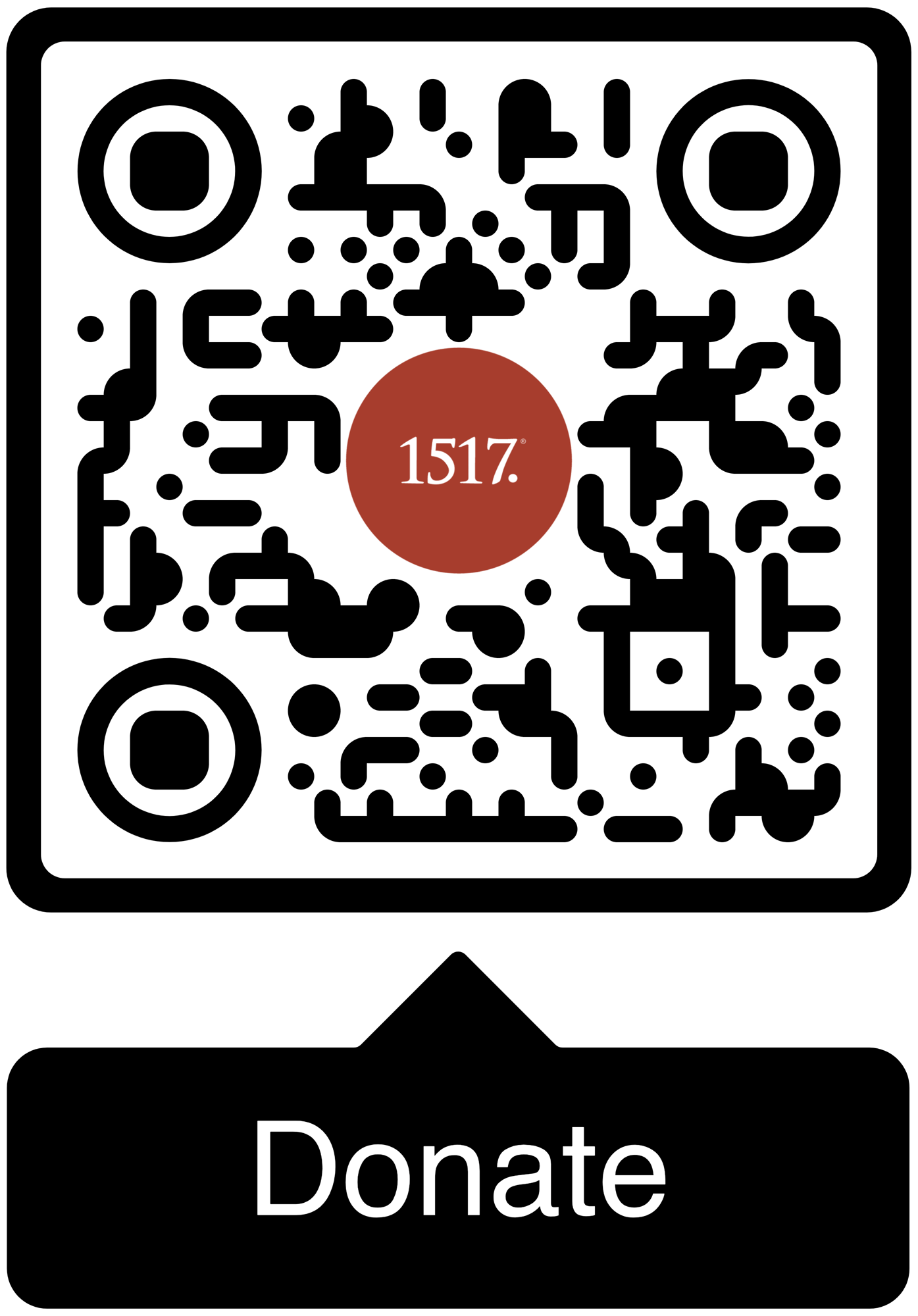Few couples faced the kind of pressures they endured in their two decades of marriage prior to Martin’s death in 1546.
On June 13, 2025, we celebrate the 500th wedding anniversary of Martin Luther and Katharina von Bora. This marriage, which has been greatly celebrated through the centuries, got off to a very strange start. Here are six ways it was odd (both by the standards of our day and even the standards of the 16th century).
1) Bride and groom were both former monastics
While the marriage of priests was offensive to Rome, the marriage of monastics was a greater offense, for celibacy had been a universal requirement for monastics long before it was for priests. There was some precedent for priests marrying among the Eastern churches, but never in Christian history had monks taken wives.
Martin Luther went a step further by selecting a former nun as his bride. This was seen as the most blasphemous move of all. Since monks and nuns were “brothers” and “sisters,” marriage between them was viewed as almost incestuous. Even Doctor Jerome Schurff, a member of the University of Wittenberg’s legal faculty and supporter of many of Luther’s reforms, was among those opposed to the idea of former monastics marrying. He said, “If this monk marries, the whole world and the devil will laugh, and he himself will destroy everything he has done.” [1]
2) There was no engagement period
It was typical for German couples at that time to first have a formal engagement before holding their wedding. Many brides and grooms would have known each other since childhood, or if not, they might have had an informal courtship period before the engagement. By contrast, Martin Luther’s decision to marry Katharina was strikingly abrupt. On May 4, 1525, we have the first sign that he had chosen to wed in a letter to his brother-in-law. “If I can manage it,” Luther wrote, “before I die I will still marry my Katie to spite the devil, should I hear that the peasants continue.” [2] This was in reference to the ongoing German Peasants’ War.
Not only did there seem to have been no courtship period, but there was no wait between the engagement and legal marriage. “Contrary to the usual custom, the marriage (Kopulation) immediately followed the engagement,” Martin Brecht writes. [3] They were in such a hurry to wed that there was no time for their out-of-town family and friends to reach them. Thus, a public celebration was held later in the month.
3) Philip Melanchthon was not informed
Due to the speed of events, Luther’s colleague Philip Melanchthon had no idea Martin was contemplating marriage until he received word that the wedding had taken place. That such a seismic event for the work of reform should have happened abruptly in a time of war was deeply concerning to Melanchthon, who feared it was proof of Luther’s hotheadedness.
“On June 13, Luther unexpectedly and without informing in advance any of his friends of what he was doing, married Bora,” he wrote to his friend Joachim Camerarius on June 16. “The man is certainly pliable; and the nuns have used their arts against him most successfully; thus probably society with the nuns has softened or even inflamed this noble and high-spirited man. In this way he seems to have fallen into this untimely change of life.” [4]
Oddly, a second copy of this same letter exists, dated June 24. [5] It has much of the same content, but omits some of Melanchthon’s most biting criticisms. Scholars are uncertain whether Melanchthon thought better of his first draft and only sent the second, or if Camerarius or someone else created the second draft as a redacted version after the fact. Either way, Melanchthon did patch things up with Luther, and even after the latter’s death, Melanchthon looked after Katharina.
4) The consummation had to be witnessed
One way the Luthers’ marriage was very different from ours today was that their physical union had to be witnessed for the marriage to be legally binding. Brecht explains, “Following the service the couple was led into the bedroom, where they lay down on the marriage bed before witnesses.” [6] This could not have been easy for Katharina, who had until recently lived a cloistered life away from men. Lyndal Roper writes,
“Sixteenth-century weddings were not for the faint-hearted. Wedding feasts were ribald occasions, and the couple would be bedded down together in front of the guests, with a cover placed over them; later, the revelers would ‘sing them on’ as they spent the night together. As was customary in Saxony, Luther and Katharina’s marriage was consummated before the wedding, in the first half of June, and the celebrations—‘leading her home’—took place two or three weeks later.” [7]
It fell to Justus Jonas to witness the deed on the wedding night. “With tears in his eyes he observed the married couple on the bridal bed according to old German custom. With wishes that they prosper and be blessed, he prayed for their welfare.” [8]
5) There was a second public celebration
Although their engagement and marriage happened quickly and in private, a public feast and procession was held about two weeks later. This allowed time for Martin’s family to arrive from Mansfeld, and several other friends to come from out of town. This celebration included a blessing at the church and was known as the Wirtschaft. Magistrates had to be informed of the event a week in advance, which may have been another reason it was delayed. [9]
This second occasion would have been especially important for Martin Luther, as his marriage had been partly motivated by his father Hans Luther’s desire for progeny. [10] It must have been encouraging to celebrate with people who supported his decision, for much of the world was condemning it.
6) The honeymoon was brief
The Luthers had little time to themselves following their marriage. Very soon afterward, Martin’s colleague-turned-adversary Andreas Karlstadt arrived at their door with his family in tow, seeking refuge from the Peasants’ War. This was despite the fact that the two men had been opposing each other in print, with Karlstadt even accusing Luther of abandoning the gospel. Roper observes that,
“Astonishingly, Luther took [Karlstadt] in and housed him secretly in the monastery in Wittenberg for about eight weeks, together with his wife and child …. Luther still did not trust him, however. While he lived under Luther’s roof, Karlstadt was compelled to write a full recantation of his view on the Last Supper, again printed at Wittenberg and once more prefaced by Luther.” [11]
The recantation by Karlstadt was obligatory if he was to remain in electoral Saxony. Elector Friedrich and his successor, Elector John, had both banned the publication of Karlstadt’s works and even forbidden him from setting foot in their territory. While it was surely humiliating for Karlstadt to beg for shelter from Luther and write that document, it did allow him to start his life over in Saxony.
The strange start to the Luthers’ marriage was perhaps indicative of the oddness of their whole relationship. Few couples faced the kind of pressures they endured in their two decades of marriage prior to Martin’s death in 1546. Yet by the grace of God alone, they endured.
[1] Brecht, Martin. Martin Luther: Shaping and Defining the Reformation, 1521-1532, trans. James L. Schaaf (Minneapolis: Fortress Press, 1994), 199.
[2] “Letter 154 – To John Ruhel, Seeburg, May 4, 1525” in Luther’s Works (American edition), Volume 49 – Letters II, ed. and trans. Gottfried G. Krodel (Philadelphia: Fortress Press, 1972), 111.
[3] Brecht, 198.
[4] “Letter 692 [version 1] – Melanchthon to Joachim Camerarius, Wittenberg, June 16, 1525,” in Luther’s Correspondence and Other Contemporary Letters, Volume II (1521-30), trans. and ed. Preserved Smith and Charles M. Jacobs (Philadelphia: The Lutheran Publication Society, 1918), 325-6.
[5] “Letter 692 [version 2] – Melanchthon to Joachim Camerarius, Wittenberg, June 24, 1525,” in Luther’s Correspondence and Other Contemporary Letters, Volume II (1521-30), trans. and ed. Preserved Smith and Charles M. Jacobs (Philadelphia: The Lutheran Publication Society, 1918), 326-7.
[6] Brecht, 198.
[7] Roper, Lyndal. Martin Luther: Renegade and Prophet (New York: Random House, 2018), 269.
[8] Kroker, Ernst. The Mother of the Reformation: The Amazing Life and story of Katharine Luther, trans. Mark. E DeGarmeaux (St. Louis, MO: Concordia Publishing House, 2013), 66.
[9] Brecht, 198.
[10] “Letter 157 – To Nicholas von Amsdorf, [Wittenberg,] June 21, 1525,” in Luther’s Works (American edition), Volume 49 – Letters II, ed. and trans. Gottfried G. Krodel (Philadelphia: Fortress Press, 1972), 117.
[11] Roper, 259.





